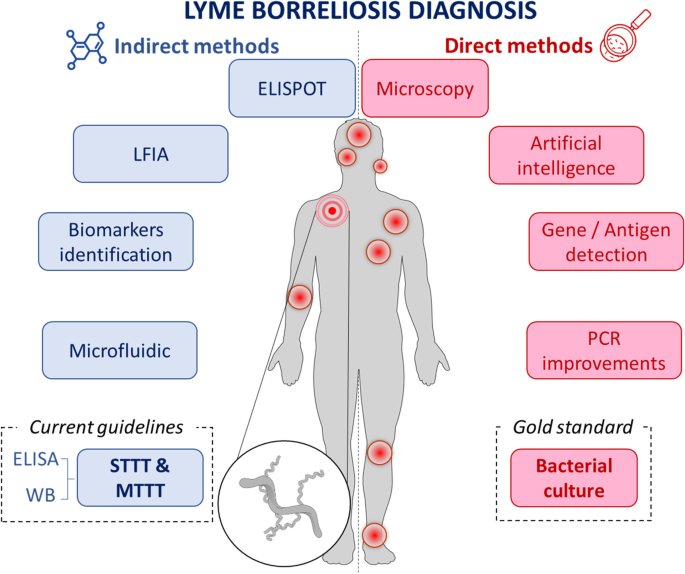Lyme Disease Breakthrough: New Enzyme Discovery for Treatment
Why in News ?
Scientists have identified BbLDH, an enzyme critical for the survival of Borrelia burgdorferi, the bacteria causing Lyme disease. This discovery could lead to new targeted treatments or vaccines, offering hope for better disease management and prevention.
Causes and Transmission:
- Lyme disease is caused by the bacterium Borrelia burgdorferi, transmitted through the bite of infected black-legged (deer) ticks.
- It primarily affects people who spend time in wooded or grassy areas, particularly in North America, Europe, and parts of Asia.
- The disease does not spread from person to person or through pets, food, water, or insects like mosquitoes and fleas.
Symptoms and Health Impact
- Early symptoms include fever, fatigue, headache, and a distinctive skin rash called erythema migrans.
- If untreated, the infection can spread to the joints, heart, and nervous system, leading to serious complications.
- Early diagnosis and antibiotic treatment usually ensure full recovery.
Latest Scientific Discovery
- Scientists have identified an enzyme called BbLDH as essential for the survival and infectivity of Borrelia burgdorferi.
- This discovery may lead to targeted therapies that can inhibit the enzyme and neutralize the bacteria.
- Researchers hope this breakthrough could pave the way for more effective treatments or even future vaccines.
- Prevention through awareness, tick bite precautions, and early medical intervention remains crucial in controlling Lyme disease.
About Lyme Disease:
- Cause: Caused by the bacteria Borrelia burgdorferi.
- Health Impact: Can affect the skin, heart, brain, and joints.
- Transmission: Spread through bites from infected deer ticks (black-legged ticks).
- Not Spread By:
- Human-to-human contact.
- Pets, air, food, or water.
- Lice, mosquitoes, fleas, or flies.
- Prevalence:
- Found in wooded and grassy areas, especially in warmer months.
- Common in North America, Europe, and parts of Asia.




